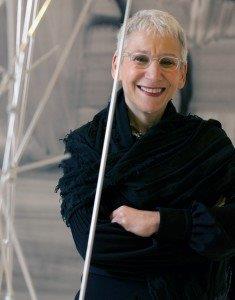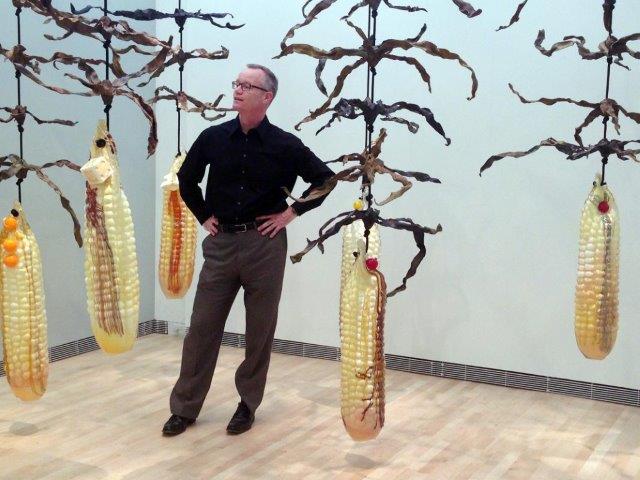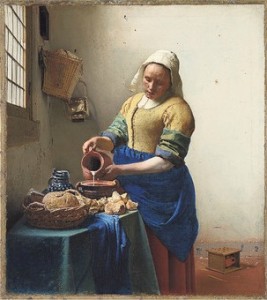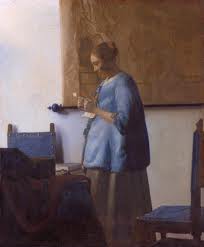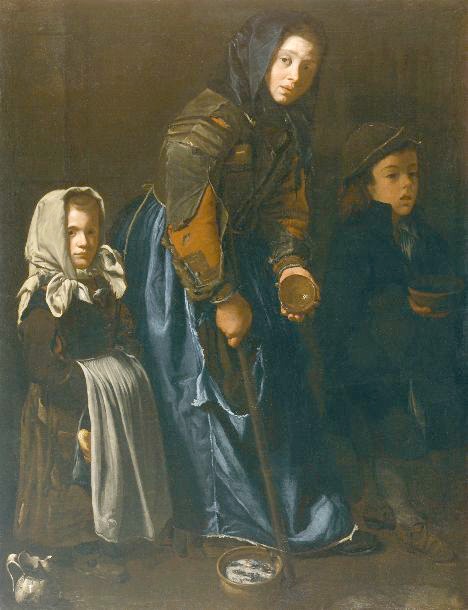Museums conduct all kinds of research, if sometimes fitfully. Recently, I learned of a new effort, though, which might break some ground. It brings graduate students and faculty to a museum’s collection. It’s happening at the Museum of Modern Art and funded by the Mellon Foundation, though neither one of them has published a press release.
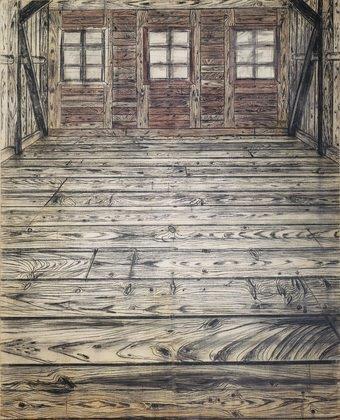 The best information I found online was in the form of a job posting. It’s for the role of “museum research project coordinator,” and despite the low-end title and mostly administrative duties, it requires a master’s degree. Go figure.
The best information I found online was in the form of a job posting. It’s for the role of “museum research project coordinator,” and despite the low-end title and mostly administrative duties, it requires a master’s degree. Go figure.
From the posting, we can glean something about the project:
With the support of The Andrew W. Mellon Foundation, The Museum of Modern Art has embarked on a four-year (January 1, 2013–December 31, 2016), Museum-based pilot program for the study of objects in MoMA’s collection in partnership with graduate students and faculty from the art history programs at Princeton University, Yale University, Columbia University, the Institute of Fine Arts at New York University, and the Graduate Center at the City University of New York. This Museum Research Consortium is intended to facilitate the joint study of key works in MoMA’s collection by curators and conservators from the Museum and faculty and graduate students from participating universities.
This will be accomplished through semi-annual Consortium Study Sessions for the study and discussion of selected groups of objects. In addition, the Museum will host five annual full-time Fellows in a one-year mentorship program to work with a MoMA curator in the execution of various scholarly curatorial projects and programs, including the organization of exhibitions, collection displays, and collection development and interpretation.
One good thing about this is that it puts graduate students in close contact with MoMA’s great works of art — they won’t be studying just theory or depending on slides. Another: MoMA will dig more deeply on a sustained basis into its permanent collection. It will learn new things that might lead to public disclosures, new exhibitions, new connections, or something completely different.
I like it.
Now what should be the research priorities? I surely do not know. I selected this work, Wooden Room by Anselm Keifer, simply to show something from the collection that, while on view (according to the website) is not already known by everyone.
Photo Credit: © 2013 Anselm Kiefer, Courtesy of MoMA

